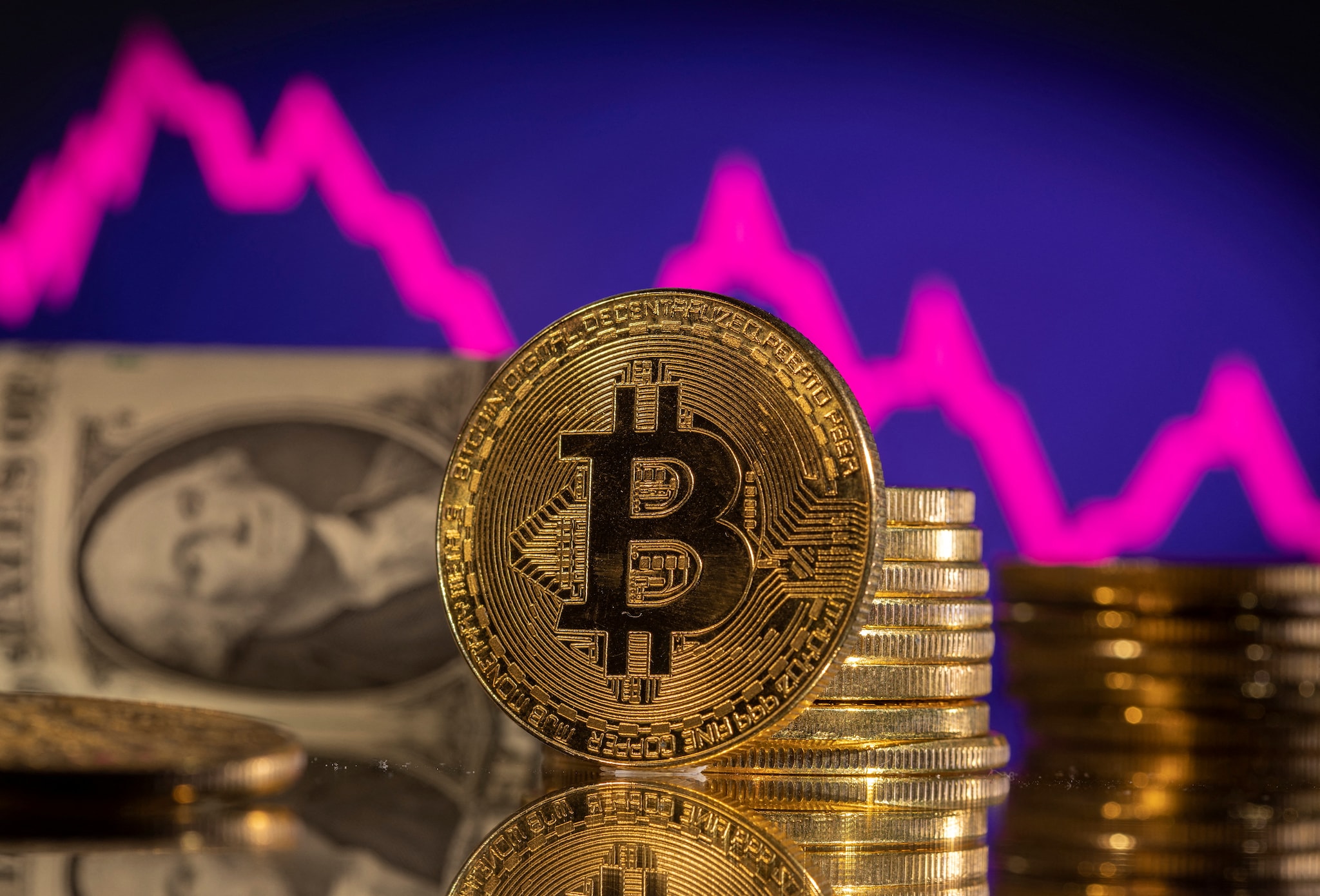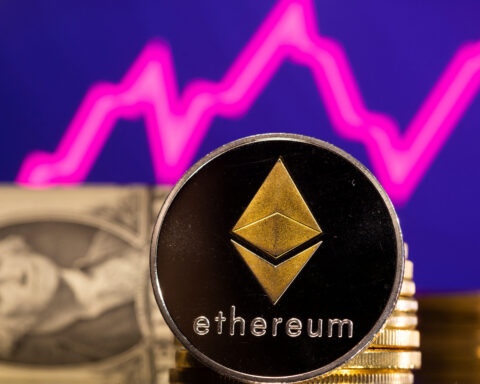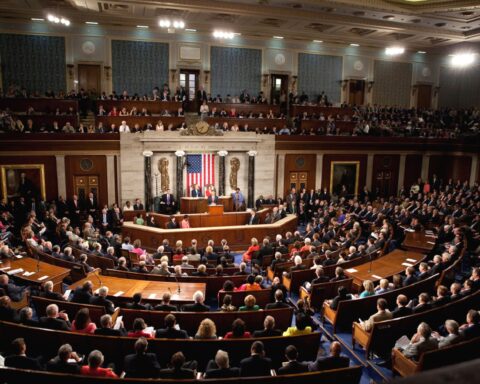Bitcoin pierced the $105,700 level on May 12, its highest price in more than three months, yet the rally fizzled within hours and the market slipped toward $102,000. The reversal surprised traders because it coincided with a welcome 90-day pause in U.S.–China tariff hostilities—news that, on paper, ought to boost risk appetite.
Why a Trade Truce Didn’t Translate Into Crypto Gains
Washington and Beijing agreed to roll back some levies and open talks on issues such as “currency manipulation,” “steel price dumping,” and controls on semiconductor exports. Although those concessions gave equities a lift, Bitcoin’s steep 24% advance over the previous month left little room for further outperformance. The digital asset’s 30-day correlation with S&P 500 futures sits near 83%, so a healthy stock rally can sometimes sap the perceived need for an alternative store of value.
Market Cap Milestone Raises Questions
Bitcoin’s latest climb pushed its market capitalisation above that of silver and Google, ranking it the world’s sixth-largest tradable asset. That landmark, however, sharpened debate about concentration risk. Between May 5 and May 11, Strategy acquired another 13,390 BTC, bringing the combined holdings of Strategy and BlackRock to roughly 1.19 million BTC—or about 6% of the circulating supply. Critics such as gold proponent Peter Schiff argue that so much accumulation by one publicly listed company invites trouble if its “ever-increasing average purchase price” forces a future sale to cover borrowing costs.
Macro Winds Favor Equities Over Scarce Assets
While crypto watchers parse blockchain flows, the broader macro picture exerted more influence. The tariff reprieve brightened earnings prospects for multinational manufacturers, favouring stocks over finite assets. Gold, another scarcity play, dropped 3.4% the same day Bitcoin faltered, underscoring how a stronger U.S. dollar can drain demand for hedges.
ETF Inflows Offer a Safety Net
Even so, fundamentals have not turned bearish. U.S. spot-Bitcoin exchange-traded funds absorbed $2 billion of net inflows between May 1 and May 9. Steady institutional buying after a 24% monthly rally implies that the move is no longer driven by retail FOMO but by allocation models adjusting to Bitcoin’s maturing profile. That support makes a slide below the psychologically important $100,000 threshold look unlikely in the near term, barring an unexpected spike in Treasury yields or a disappointing U.S. inflation print on May 13.
Near-Term Outlook
With the détente only temporary, traders will scrutinise whether negotiators can extend the pause beyond its 90-day window. Should talks stall and tariffs snap back, scarce assets like Bitcoin and gold may regain the momentum they surrendered this week. Until then, the path of least resistance seems sideways, oscillating in a broad band whose upper edge—$105,000—has now been tested and rejected.




